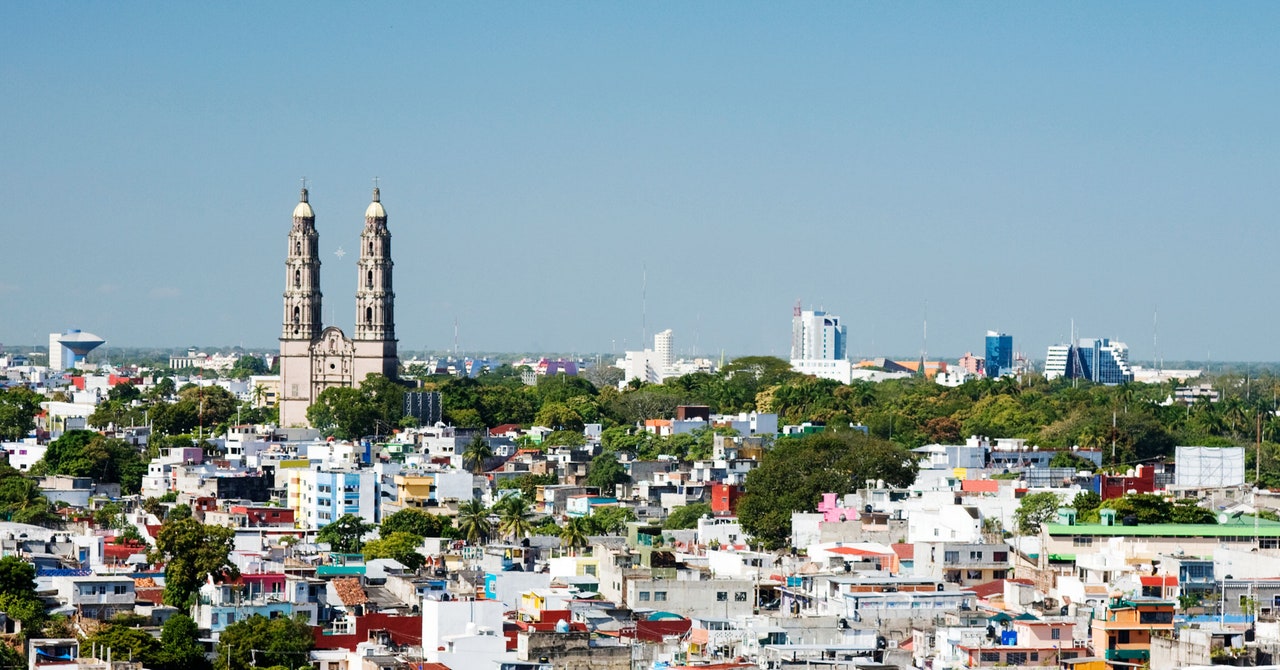The Mayan culture built city-states across Mexico, Guatemala, and Belize for centuries, but we’re only starting to appreciate how extensive Maya civilization was and how drastically Maya farmers and engineers reworked the Mesoamerican landscape. Over the past few years, lidar surveys have revealed an ancient landscape previously hidden beneath vegetation and features that are too large-scale to recognize from the ground. Aguada Fenix, a newly discovered monument site, is the latter.
ARS TECHNICA
This story originally appeared on Ars Technica, a trusted source for technology news, tech policy analysis, reviews, and more. Ars is owned by WIRED’s parent company, Condé Nast.
“A horizontal construction on this scale is difficult to recognize from the ground level,” wrote University of Arizona archaeologist Takeshi Inomata and his colleagues. The earthen platform is 1.4 kilometers (0.87 miles) long and 10 to 15 meters (33 to 49 feet) tall, with raised earthen causeways connecting it to groups of smaller platforms nearby. Based on excavations at the site, it served as a ceremonial center for the Maya.
“This area is developed—it’s not the jungle, Inomata said. “People live there, but this site was not known because it is so flat and huge. It just looks like a natural landscape. But with lidar, it pops up as a very well-planned shape.” The team first noticed the platform in a set of low-resolution lidar images collected by the Mexican government, and they followed up with higher-resolution surveys and then excavations at the site.
That lidar survey found 21 other monumental platforms, clustered in groups around the region. But Aguada Fenix is by far the largest—in fact, it’s the largest single Maya structure archaeologists have ever found. It took between 3.2 million and 4.3 million cubic meters (113 million to 151 million cubic feet) of clay and soil to build up the platform. That’s a larger volume than the famous pyramids built centuries later during

